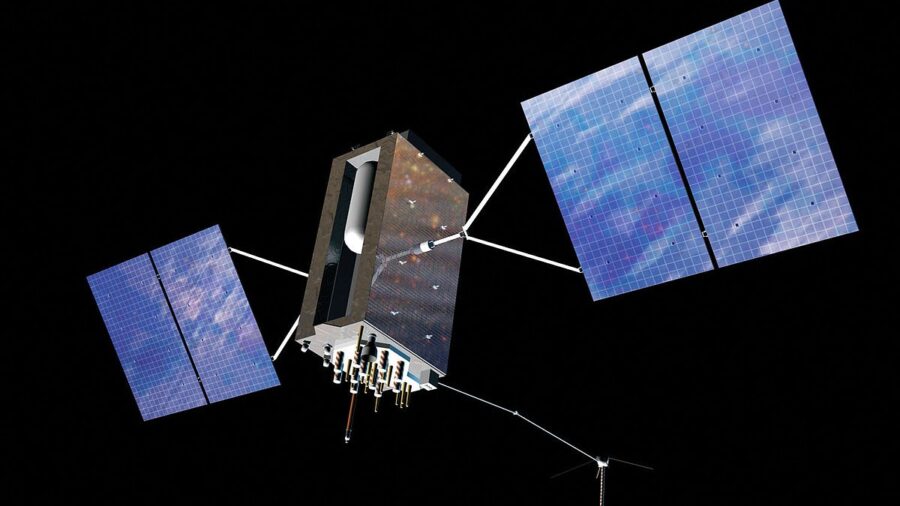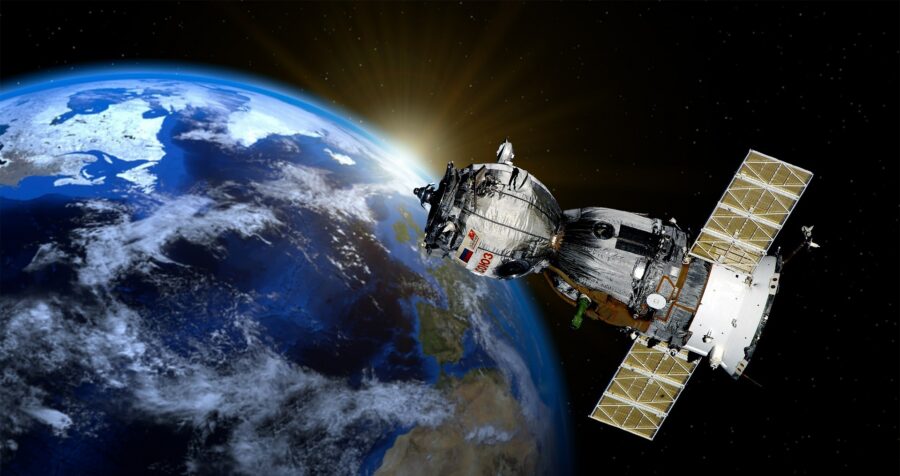Satellites In Space Could All Be Destroyed Because Of One Single Event

If we’re not careful, all of the satellites in space could be destroyed by one single event, according to Science Alert. The cause is simple: one satellite could be attacked in an act of war, causing it to burst into hundreds of pieces that float endlessly through Earth’s orbit. The debris from one satellite could smash into others, causing a destructive domino effect in outer space that would leave our planet in ruins.
The destruction of one satellite has the potential to wipe out hundreds of others in an orbital catastrophe.
Unfortunately, the possibility of this happening has been made more likely thanks to Russia. Just two years ago, the Soviet Union launched an anti-satellite missile into outer space, aiming at one of its defunct satellites weighing about 1,750 kilograms.
When their missile hit the satellite, it burst into hazardous debris that put NASA’s International Space Station and China’s Tiangong space station in harm’s way.
The collision blew the Russian satellite into millions of small pieces, including over 1,500 debris fragments that measured larger than 10 centimeters. The debris spread between 300 and 1,100 kilometers, in other words, between 186 and 683 miles. 10 centimeters doesn’t sound very large, but any debris larger than one centimeter can be lethal in outer space.

Luckily, all were fine aboard the space stations, but the crew was obviously petrified since there was no way to stop floating debris in outer space. After this space debacle drew attention to the risk of anti-satellite weapons, it inspired the United States to ban the testing of anti-satellite weapons of all types.
This is an added layer of protection on top of the Outer Space Treaty of 1967.
The Outer Space Treaty of 1967 was put in place to prohibit any weapons in space, but technically an anti-satellite weapon doesn’t have to be in space.
Back in the 1950s, when satellites started popping up around Earth, countries naturally began testing anti-satellite weapons to take down their enemy’s satellites, if needed. Russia, China, the USA, and India all began launching test missiles into orbit before they realized just how dangerous it really was.
What is Kessler syndrome?
This has led some researchers to believe that the Kessler syndrome could actually happen in Earth’s lifetime. The Kessler syndrome was first proposed by NASA scientist Donald Kessler in 1978. It suggests that if there are enough collisions in low Earth orbit (LEO), it could create a ripple effect of ongoing collisions and endless space debris.
If the Kessler syndrome does play out, then it could take as little as 40 years for all of our satellites to be destroyed and for LEO to become unusable. If that were to happen, we would lose so many things we have become dependent on, like most of our forms of communication, GPS systems, power grids, and even our banking systems. The tech-savvy life we all live would be completely erased.
As Army General James Dickinson, the commander of U.S. Space Command, says, “Space activities underpin our way of life, and this kind of behavior is simply irresponsible.” We couldn’t agree more.










